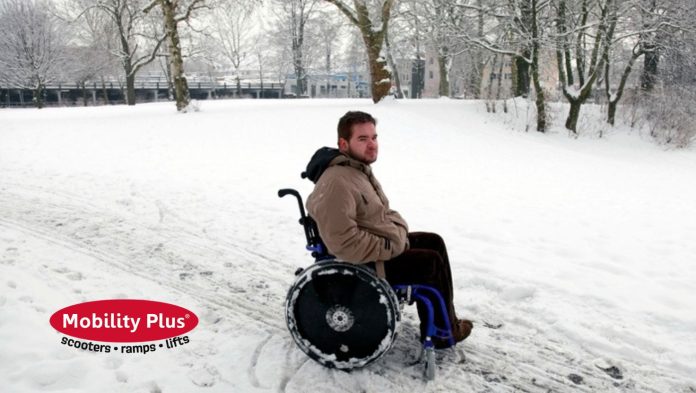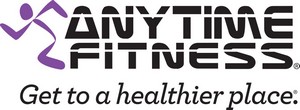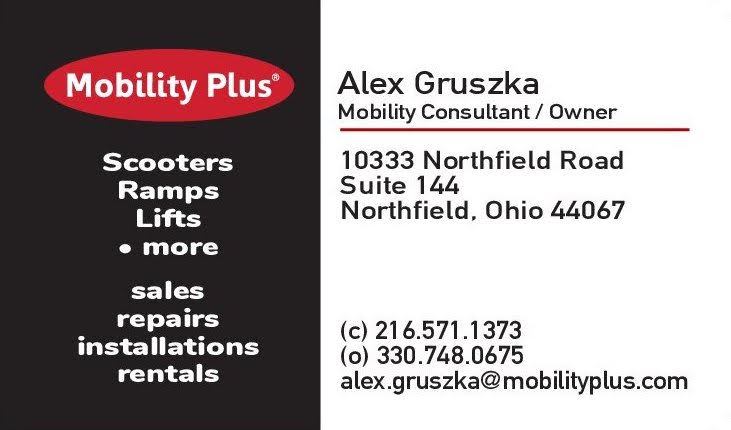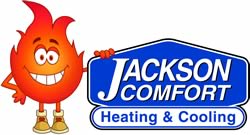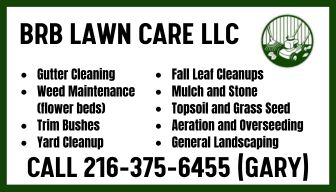When winter arrives in Northeast Ohio, it brings snow, ice, and freezing temperatures that can significantly impact not just our daily routines—but also the function and safety of essential mobility equipment. Whether you rely on a scooter, wheelchair, ramp, or other mobility aid from Mobility Plus Northfield, now is the time to take steps that ensure your devices are winter-ready.
Proper maintenance and preparation not only extend your equipment’s lifespan but also protect your independence and comfort during the harshest months of the year. Here’s a detailed breakdown of how to prepare your mobility devices for winter, including some helpful product-specific tips and recommendations.
1. Mobility Scooters: Keeping Performance Strong and Reliable in Cold Conditions
Scooters are an essential vehicle for many people with mobility challenges, and they’re especially useful for outdoor mobility all year long. However, freezing temperatures and snowy sidewalks can take a toll on batteries, tires, and other critical functions.
Winter Prep Checklist for Mobility Scooters:
Battery Care: Cold weather can significantly reduce battery efficiency. Fully charge your scooter daily and store the battery indoors when not in use—especially if your scooter is typically parked in a cold garage. Consider investing in a battery warmer or high-quality insulated battery cover for added protection.
Tire Inspection & Traction: Make sure your tires are properly inflated—cold temperatures can cause pressure to drop. If your model allows it, consider switching to knobby or winter-specialized tires that offer better traction on snow and ice. Regularly check tire treads for wear and tear.
Lighting & Reflectors: With shorter daylight hours, visibility is critical. Ensure that your scooter’s lights, reflectors, and turn signals are clean and functional. Consider adding reflective tape or hi-vis accessories for added safety during dusk or evening outings.
Keep it Clean: Salt and grime from winter roads can damage mechanical parts. Wipe down surfaces after use, paying special attention to wheels and the underside.
Storage Matters: If possible, avoid leaving your scooter outside in wet or freezing conditions. Use a waterproof cover or store it indoors to prevent moisture damage.
2. Manual & Power Wheelchairs: Smooth Operation Starts with Preventive Maintenance
Wheelchairs—whether manual or power-operated—can struggle in winter without regular upkeep. Cold weather not only makes materials brittle but also compromises performance if ice, snow, or salt gets in the wrong places.
Winter Prep for Wheelchairs:
Wheel and Caster Care: Dirt, road salt, and water can accumulate around casters and in wheel bearings. Clean wheels frequently and inspect for any debris or signs of rust. Lubricate moving parts to ensure smooth maneuverability. If your chair allows, replace tires with all-weather or snow-friendly versions.
Brake Check: Brakes can become less effective in wet or icy conditions. Run regular tests and tighten them as needed. A wheelchair that rolls unexpectedly on slick surfaces is a major safety risk.
Cushion and Upholstery Protection: Snowy clothes can wet cushion fabric, leading to discomfort or skin issues. Use a waterproof or moisture-wicking cover for added warmth and protection. Heated wheelchair cushions are also an option and can improve circulation during long sessions outdoors.
Batteries (for Power Chairs): Just like scooters, power chair batteries are sensitive to cold. Keep them charged, store equipment in warm, dry spaces, and use a battery protection system.
Consider a Winter Lap Blanket or Cape: In freezing winds, even short outdoor trips can feel grueling. Waterproof lap blankets or insulating capes keep users warm without interfering with chair functions.
3. Ramps and Lifts: Traction, Safety, and Storm Resilience
Ramps, stair lifts, and vertical platform lifts (VPLs) provide year-round access to homes and vehicles—but require special attention in winter to avoid creating hazards instead of preventing them.
Best Practices for Ramps & Lifts in Winter:
Clear Snow and Ice Promptly: Ramps made of aluminum or concrete become extremely slippery with a coat of ice. Install anti-slip strips or textured mats, and shoveling should be done gently to avoid damaging surfaces. Deicing agents should be safe for metals and not corrosive—calcium magnesium acetate is a gentler choice than rock salt.
Install Garage or Overhead Protection: If feasible, cover exterior ramps or use a portable awning setup. Protection from accumulating snow and ice makes daily upkeep faster and safer.
Add Railings or Lighting: Navigating a ramp in winter darkness can be tricky. Motion-sensor lights reveal ice patches early and added railings prevent dangerous falls.
Maintain Vertical Platform Lifts (VPLs): If your lift is exposed to the elements, clean out lift tracks regularly and have a winter service check to verify reliability in freezing temperatures. Check drive systems and ensure safety sensors are operational.
Stair Lifts: For indoor stair lifts, ensure no moisture from snowy boots or outerwear gets into rail or motor components. For outdoor stair lifts, regular cover use and motor testing is crucial.
4. Other Important Equipment to Winterize from Mobility Plus
Besides scooters, wheelchairs, and ramps, consider these other common mobility aids and features that deserve attention before winter settles in:
Power Lift Recliners
As covered in your social media post, these chairs offer both comfort and function. Double-check power cords and surge protectors, clean and lubricate the mechanical lift functions, and ensure heat and massage features are working (perfect for combating winter stiffness!).
Mobility Walkers and Rollators
For those relying on walkers to navigate inside and outside the home, invest in ice-gripping attachments or walker skis designed for winter. Foam grips may become uncomfortable in cold—adding padded or thermal covers helps. Also verify all wheel locks to avoid dangerous slips.
Stairlifts
Cold drafts indoors can affect your comfort and operation time. Verify that the seat swivels properly and all safety switches function reliably. Monthly cleaning of the track—particularly with pet hair or dust more prevalent indoors in winter—can prevent slow operation.
Lift Chairs and Hospital Beds
These beds are often adjusted more frequently for improved breathing and circulation during the colder months. Make sure that remotes are working, cables are properly shielded, and motors haven’t collected lint or moisture.
Vehicle Lifts & Car Accessories
For outdoor vehicle lifts, consider whether cold weather affects your lift’s motor or hydraulics. Review tie-down points and remote control function, and avoid excessive snow exposure. For car mobility ramps, portable versions should have grip-friendly surfaces or texturing added.
Final Tip: Schedule a Professional Tune-Up
Much like a car needs a winter checkup, your mobility equipment benefits greatly from a seasonal inspection—especially if you’ve used it heavily during the year. The team at Mobility Plus Northfield can inspect and service your scooters, lifts, and power chairs to ensure everything works properly when you need it most.
You can also consult with them about upgrades like snow tires, new batteries, or home improvements that help reduce winter risk for seniors and people with disabilities.
Stay Safe, Stay Independent This Winter
Winter in Northeast Ohio can be beautiful, but managing mobility safely requires a proactive approach. By winterizing your mobility equipment—scooters, wheelchairs, ramps, lifts, and beyond—you ensure not only reliable performance but also peace of mind.
Need help prepping your gear for cold weather? Mobility Plus Northfield specializes in at-home assessments, quality equipment, and expert service that keeps you moving all season long.
Visit them today at https://www.mobilityplus.




